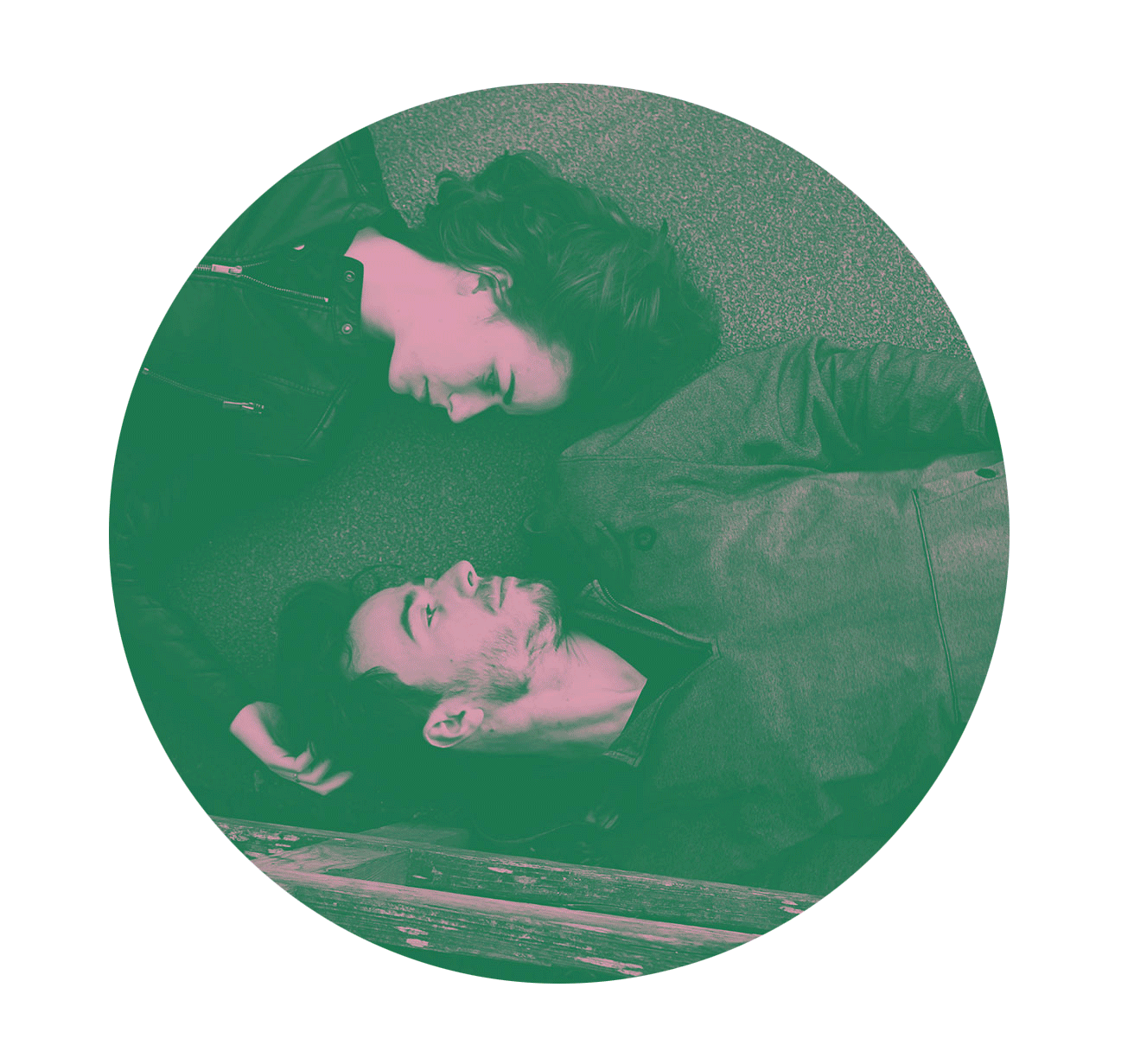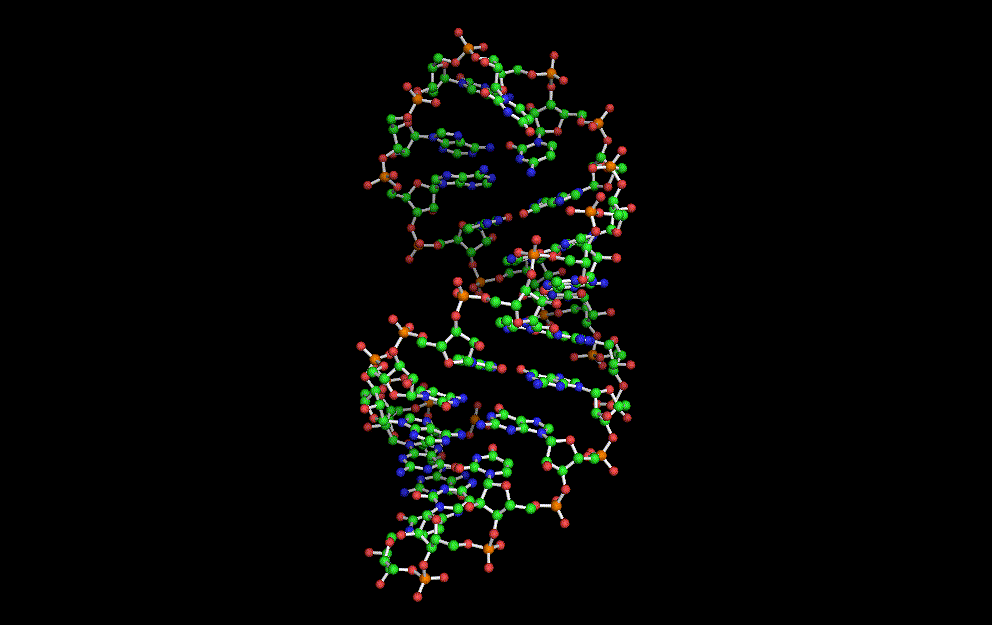Timeline


May
April
March
Team meets again and the project begins to take shape and the idea of cooperative riboswitches is chosen. We think this project is the most feasible that we can perform within our narrow timeframe and limited budget and still ambitious and interesting. We sketch out both our project timeline given people’s work commitments and our funding status.
We conclude that the best strategy for the project is to try to test the switch designs in vitro as molecular beacons and in vivo using fluorescent reporters. We considered also testing the designs using in vitro translation kits but decide against this due to time and cost concerns.
Team meets to resolve some of our scientific concerns with the project, most relating to novelty and feasibility. We feel like we can address all of these concerns after discussion.
June
Early June
Exams delay progress. Lack of funding threatens to cancel project.
Mid June
Begin the process of designing in vitro RNAs using Nupack.
Decide on four different parameters that we believe are interesting.
-
Trigger length
-
Stem length
-
Stem overlap
-
Overlap/ Stacking Interaction between triggers.
We hoped to systematically vary these to find the optimum, however realised that we were unable to iterate and test these quickly and accurately enough to be useful so have to rely on our own intuition and from previous work by authors such as Salis et al. We also realise that Nupack is unable to generate designs for our repressive switches as it cannot model pseudoknotted structures with multiple strands.
From our generated sequences, we would then rank them in order of priority before deciding which to order. The most critical factors in ranking were:
-
Experimental constraints e.g. positive and negative controls
-
Designs e.g. activatory vs inhibitory
-
Homo vs. heterotropic cooperativity (i.e. whether it was cooperative in the traditional biological sense or cooperativity between two different aptamers which would allow kinetics to be distinguished.)
-
Interest e.g. triple aptamer design, hypercooperative design
-
Different sequences of the same architecture
From these rankings of importance our budget would then limit how many RNAs were to be ordered and then tested.
Late June
Continue the design process and begin considering in more depth how we would implement the designs in vivo using a fluorescent reporter gene and Broccoli RNA.
Team meets together for the first time. Discuss various BIOMOD project ideas including DNA origami-directed chemical synthesis, nanopores through biological membranes, cell tagging to aid antibiotic delivery, cooperative DNA origami boxes, DNA origami boxes containing different chemicals like glowsticks and our eventual idea of cooperative riboswitches. Team separates to do further reading on all of these ideas.
July
Early July
Meet with Professor Andrew Tuberfield and Dr Jon Bath to discuss the project and get their suggestions. Jon suggests the use of labelled oligos complementary to our switches rather than labelling the switches themselves.
Rework all of the designs based on their feedback and beginning to incorporate Salis rbs calculator predictions.
Mid July
Make the most of the plasmids for our in vivo designs. Try to find a plasmid with a compatible origin for cotransformations. Send sequences to Twist for synthesis.
Late July
Have to rework the sequences sent to Twist due to predicted issues in synthesis. Investigate different fluorophore-quencher pairs and make an example experimental plan for our in vitro testing so we can order correct amounts of each component. Compare prices of different companies and eventually come to the conclusion that we can only test a useful number of designs if we order as DNA instead of RNA. Conceive of the "mimic switch” to test rbs accessibility.
Early August
Wait for DNA to arrive. Plan our experiments.
Mid August
DNA arrives and we begin the process of optimising our plate reader assay to minimise the error on pipetting steps.
Late August
We become more experienced at plate reader experiments. Realise that cooperativity is affected by switch concentration.
Run all of our designs on gels to separate the various states. Begin to investigate the repressive switches and start to think that there may be unwanted behaviour including not folding shut and trigger displacing the fluorophore.
Meet as a full team to discuss status and take team photos.
Investigate our "mimic" switch.
August
September
October
Early September
Meet with Jon who suggests trying qPCR on our designs to eliminate the need for fluorophores. Meet to discuss the production of our video.
Mid September
Some of our Twist DNA arrives. Unfortunately, this part of the order does not contain the bits necessary for our helper plasmids. Make transformation buffers and transform first group of cells with our test plasmids anyway and test to see if they express our trigger with only native expression of araC. On the basis of several experiments we believe that this is not going to work.
Late August
Obtain pBAD33 from the Oxford iGEM team which can function as our helper plasmid. Retransform but cells still do not display switching with added arabinose and we are unable to detect any change in broccoli fluorescence with added arabinose. Our primary hypothesis is that the copy number difference between pBAD33 and our test plasmids is too great. Our second hypothesis is that our triggers are not folding or operating as we intended in a cellular context.
Work on this wiki. Present our project to the Oxford Synthetic Biology Society (SynBio.Oxford).